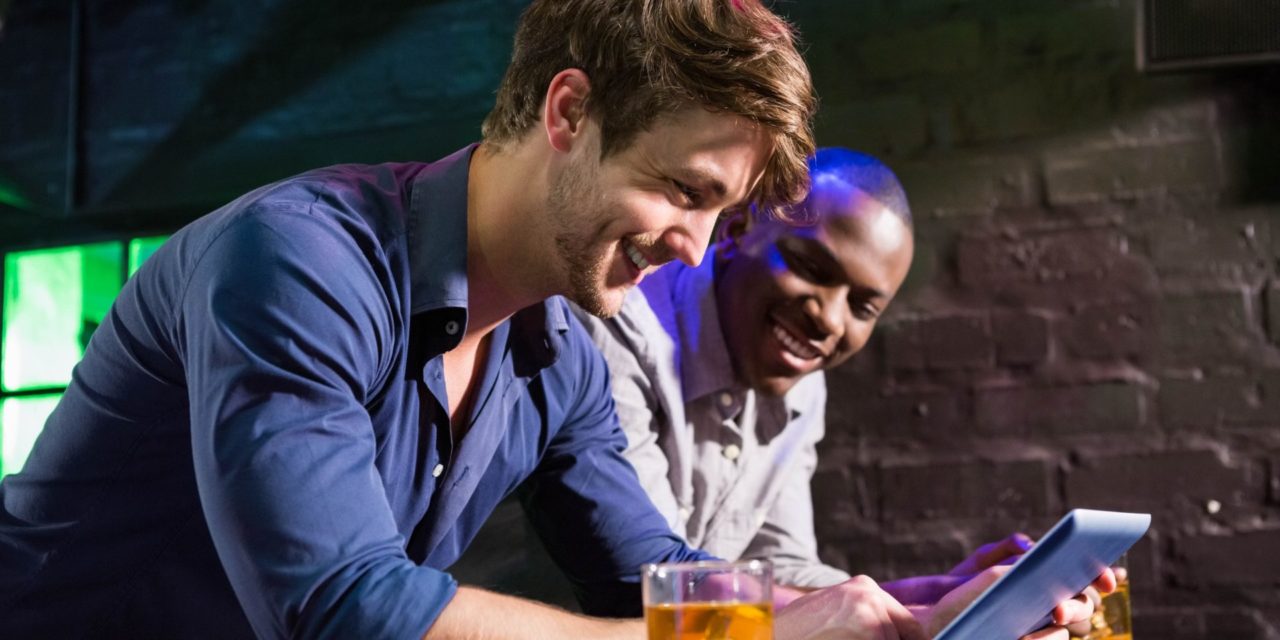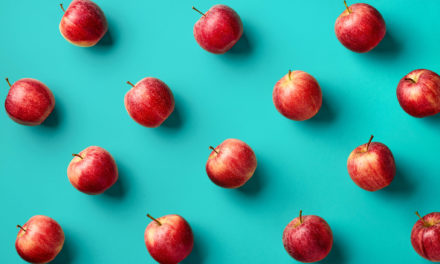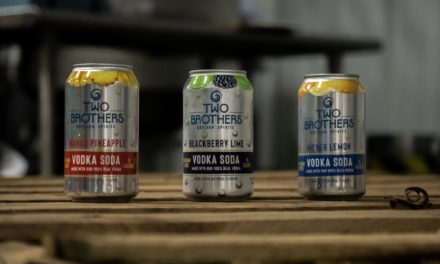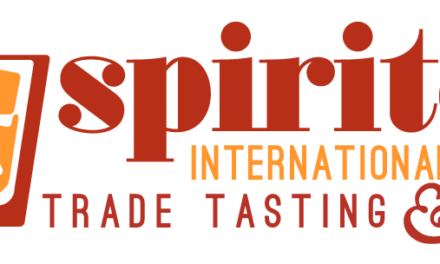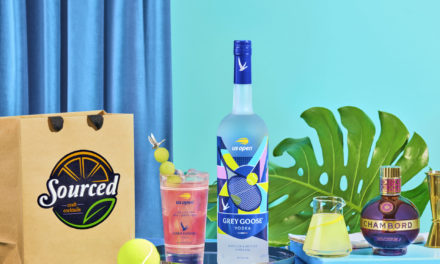Small-scale tastings have long been one of the foundation stones of spirits marketing. Brand ambassadors, master distillers, and public relations folks are sent off on the road, to host gatherings in cities large and small. They entice bartenders, distributors, and the local media to stop by to sample a new product—or refresh their memory of an old one—often dangling a meal or a free bottle to lure them out.
These events were typically held in private dining rooms in the back of restaurants, or in bars that hadn’t yet opened their doors for the evening. They involved socializing, the passing of food, the distribution of swag, and, finally, the guided tasting, in which a brand expert walked attendees through the nuances of whatever spirit happened to be the star of the hour.
Then came the pandemic. Travel dried up. Gatherings were curtailed. Many bars and restaurants were shuttered, either out of caution or decree. And charging into the breach came the virtual tasting.
I’ve participated in at least a dozen of these since COVID-19 flared up. Most have been simple affairs. After being asked by email if I’d like to participate, I’m offered a choice of dates, usually about two weeks out. I’m then sent a package containing samples (often a few 100ml bottles, just enough for a snootful). At the appointed hour and time, I sign in on Zoom. Whoever is leading the session—often the distiller—expounds on a bit of history or lore, then walks attendees though the samples.
I was skeptical at first. Do I really want to sit at my cluttered desk, drinking alone, reminded of work undone and trips untaken, communicating with pixelated, postage-stamp-sized people?
Turns out, yes.
I’ve grown to look forward to these. For starters, they require little commitment, other than marking your calendar and following through. In the past, I’d regularly turn down offers to attend in-person tastings, mostly because they required several hours away from my desk on a workday, with travel time. And any sort of day drinking usually led to a marked decline in afternoon productivity.
But virtual tastings rarely last an hour, making them a light lift. I attend far more than in the beforetimes, and there are few in which I don’t learn something. This broader use of tele-drinking is a change I hope persists.
They also level the playing field. Arranging in-person tastings requires a sizable cash outlay—flying out hosts, securing a venue, ponying up for food and party favors—so it’s chiefly the major brands with their hefty budgets that can underwrite them.
Virtual tastings are possible on any budget, and craft distillers should think about joining in more assertively. Connect with writers or bartenders you already know. Ask them to suggest friends. Ship boxes of samples. Tune in and drink up. You can now get your product into the mouths of dozens of folks for a fraction of the cost of a road trip.
A year ago, I would have said virtual tastings were pretty lame—a poor-man’s route that sometimes cheapened the brand’s image and made clear you weren’t in the big leagues. But the spirits industry has changed around us. Expectations have been reset. Where smaller distillers may have once aspired to meet bigger brands in their own arenas, the bigger brands have now scaled back to occupy a landscape that’s open to all. It would be a shame to let this catastrophe go to waste.

